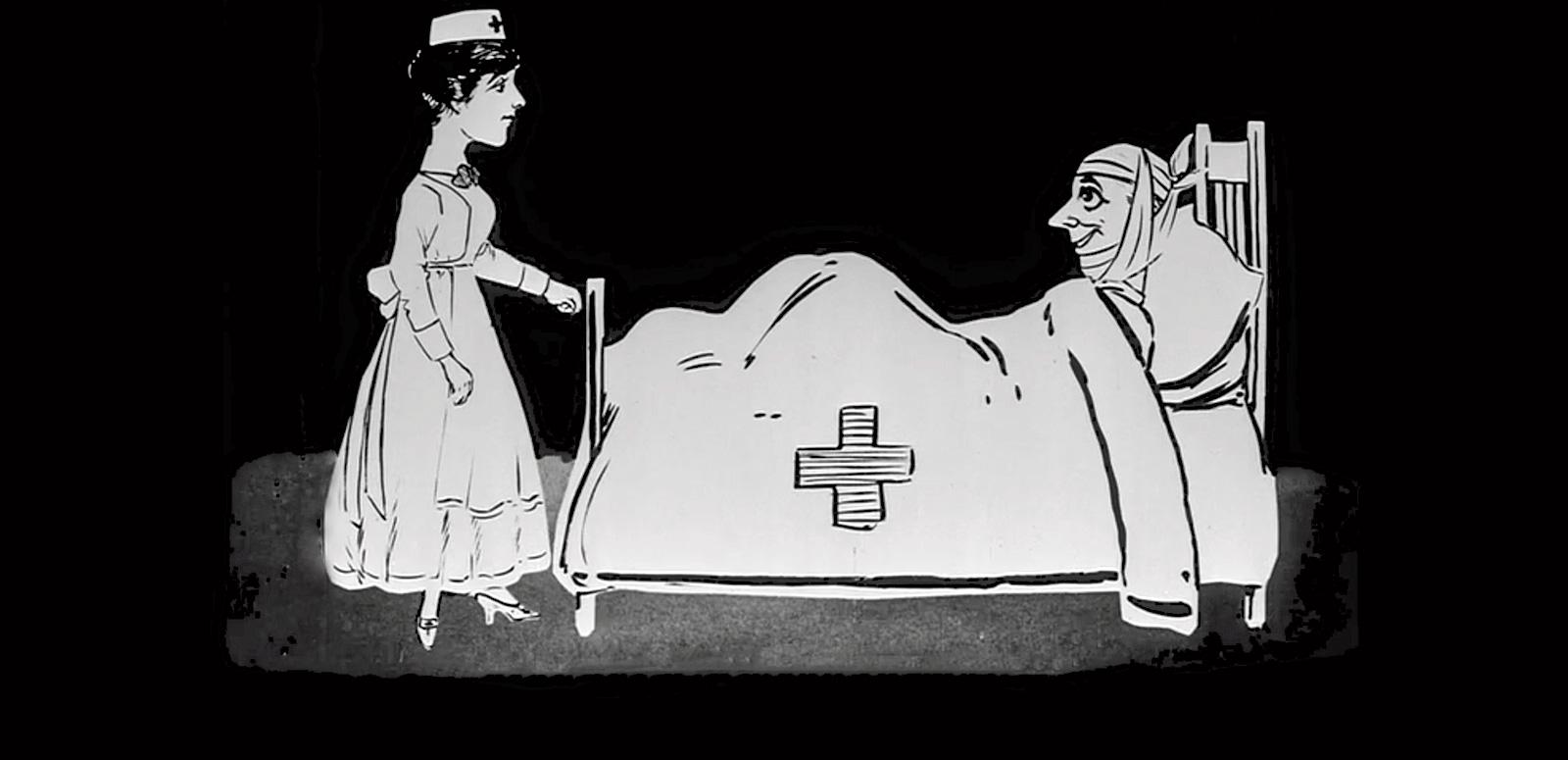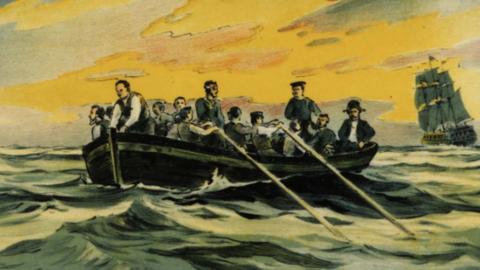

https://www.nfsa.gov.au/sites/default/files/collection/hero_image10-2019/ww1-cartoons-hero.jpg
First World War Cartoons
Harry Julius Cartoons
Harry Julius' cartoons often commented on the events of the First World War and served as propaganda for the Allied war effort.
In January 1915, Australia’s largest film production company, Australasian Films, commissioned Harry Julius to provide a satirical commentary on the news for their nationally distributed weekly cinema newsreel, The Australian Gazette. Until that point there had never been an Australian produced satirical commentary for the cinema, and certainly not a cartoon.
The National Film and Sound Archive of Australia acknowledges Australia’s Aboriginal and Torres Strait Islander peoples as the Traditional Custodians of the land on which we work and live and gives respect to their Elders both past and present.

